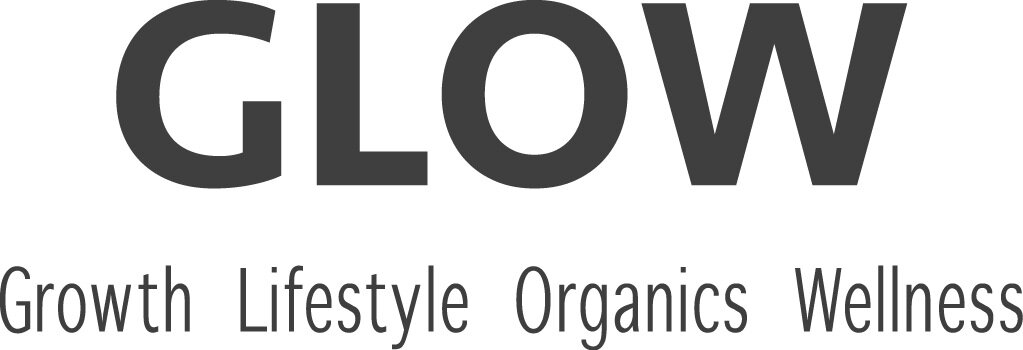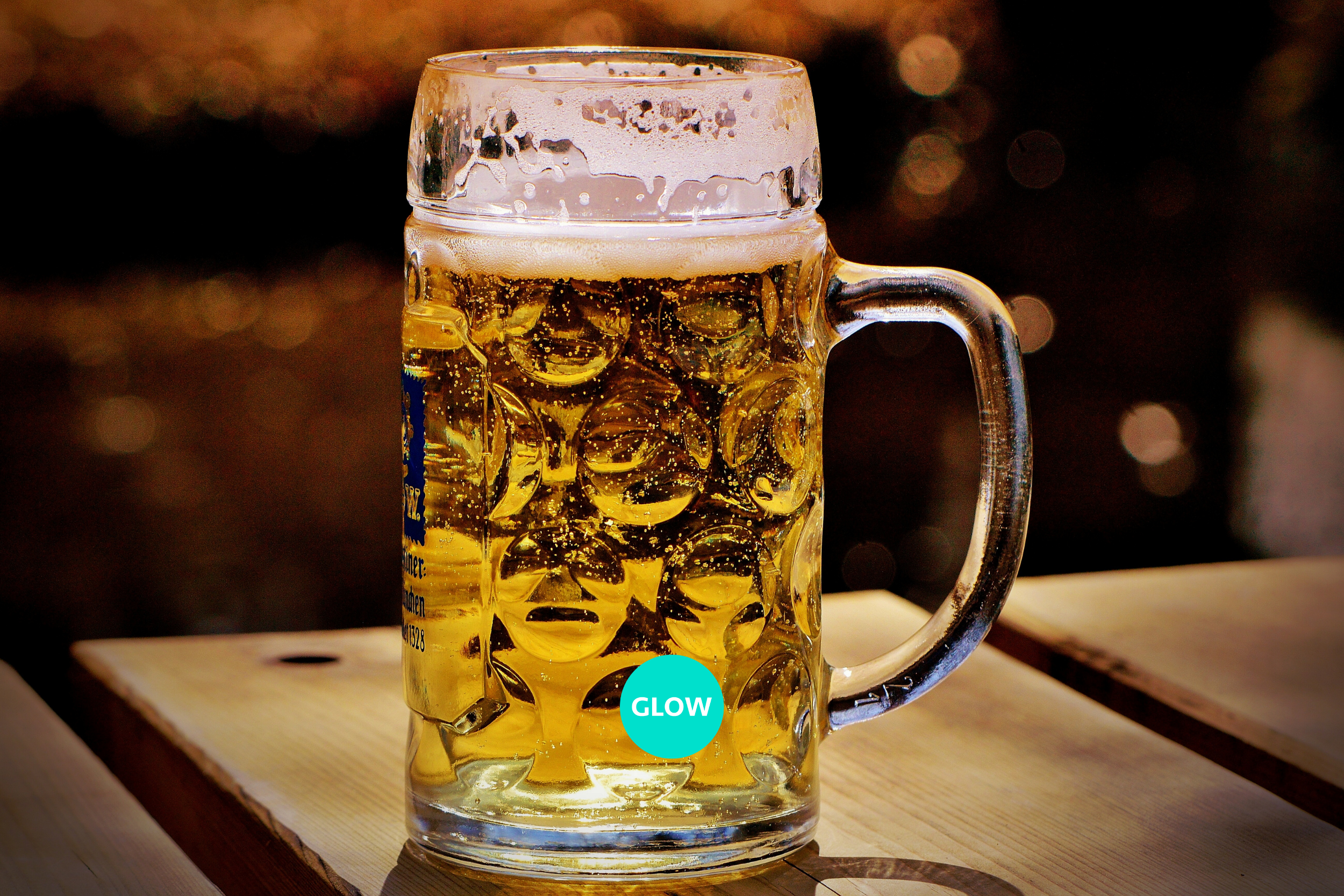All my plans are individualised but there are some foods that everyone should limit as much as possible while working with me because they can sabotage any efforts to improve health or lose weight. If you are unable to give them up or even just reduce their intake, your attachment can be rooted in addiction, emotions, unstable blood glucose, yeast overgrowth or poor neurotransmitter status, e.g. low serotonin or dopamine. For example, everyone knows that sugar is bad and yet it can be so difficult to give it up. One of the reasons is that sugar and starchy foods are more addictive than cocaine. People with dopamine imbalances are prone to addictions which includes alcohol, sugar or starch addiction. The short term effects of sugar help to feel normal: have better energy, a clearer mind, no headaches, etc. But in the long run - the brain cries out for help from all the sugar and junk. The minute you fill your diet with nutritious foods, the body will not crave as much sugar or junk foods anymore.
First, you will have to set your priorities (do you really want this? do you want to feel and look better? are you ready for the change? can you stop making excuses?) and acknowledge that there is no way around it but implement dietary changes. For some people it may come faster while others need a gentle approach based on the small yet consistent steps. Secondly, set your environment for success. The first and most important step will be to stop buying these foods and replace them with healthier options - to crowd them out. Many problems with over-reliance on ultra processed foods stem from not having enough quality foods available, especially quality protein, vegetables and fats. I can help you overcome any challenges so open up if you feel that eating clean proves difficult. Learning new habits can take time as it means you will have to prepare more food at home or learn how to eat out - it’s a process and lifestyle change. Take your time and be kind to yourself - it will be well worth it.
A good place to start is the 80/20 rule. Can you pick good options 80% of the time?
Nowadays, we have many apps that scan products and are supposed to help us pick better foods. Saying that, the apps don’t take processing methods into account, don’t calculate proportions between ingredients and view some of the additives as less harmful than they really are, especially when eaten regularly. Certain foods should just not get inside the shopping trolley, regardless of the scoring. Here they are:
White sugar, inverted sugar, glucose syrup, glucose-fructose syrup, aspartame. A little sugar added to balance the flavour or curing is fine. Side note: sugar is still better than the remaining sugar replacements
Hard candy, lollipops
Unnatural food colourings: colourful candy, icing, colourful drinks and ice cream
The following oils: sunflower, rapeseed, soy, vegetable, grape seed, safflower, cottonseed. Also, all foods cooked in those (vast majority of restaurants use these!); they are highly inflammatory when heated and may promote blood clotting. For more information, read my guide to fats
Fried and battered foods, e.g. potato fries, croquettes, calamari, battered fish and chicken, samosa, bhaji
Margarine, shortening
Table salt (pure sodium chloride)
Starchy snack foods, e.g. crisps, bread sticks, pretzels, crackers
Fast food
Ready-to-eat packaged meals unless they are healthy options
Sweet soft drinks and sweet alcoholic drinks including sweet wine
Fruit juice unless freshly pressed and on occassion and close to mealtimes (fruit juice is high in sugar, also when freshly pressed)
Puffed (extruded) cereal
Muesli, granola but home made, keto granola is good
Wheat (not always the case but 90% of my clients see a big difference)
Milk
Processed cheese, e.g. Philadelphia, ‘slices’, string cheese and cheese spread
Soya milk (soya yoghurt, tofu, tamari soy sauce, edemame, tempeh and natto might be ok)
Instant coffee, esp. with added creamer and sugar
Instant products: ‘cuppa’ soup, ramen, sauces, gravy, most stock cubes
Most jam and all Nutella type spreads
Most ketchup (e.g. Heinz contains 1/3 sugar its volume)
Ready made salad dressing in a liquid form
Beer (gluten free or unpasteurised beer may be ok)












